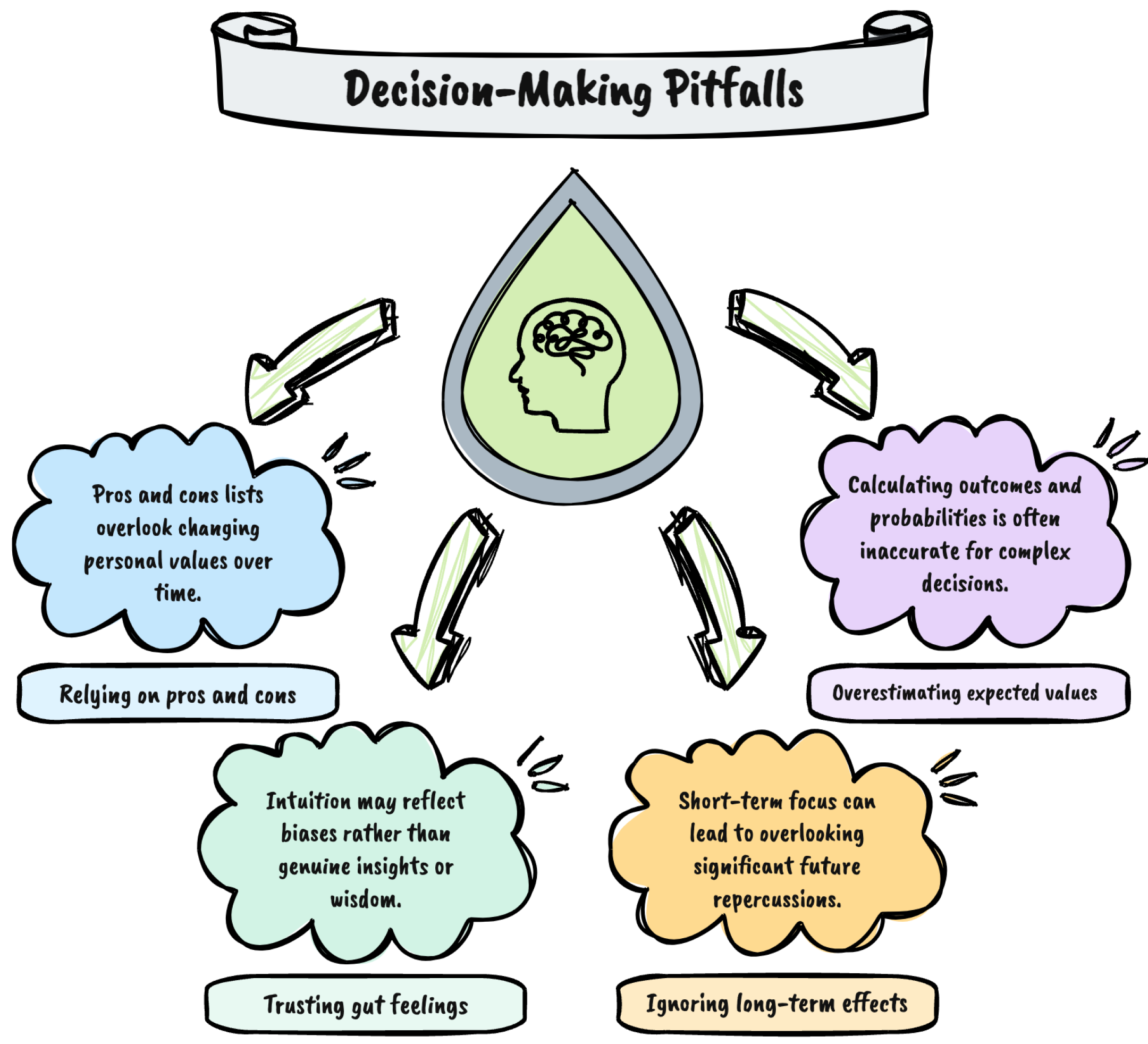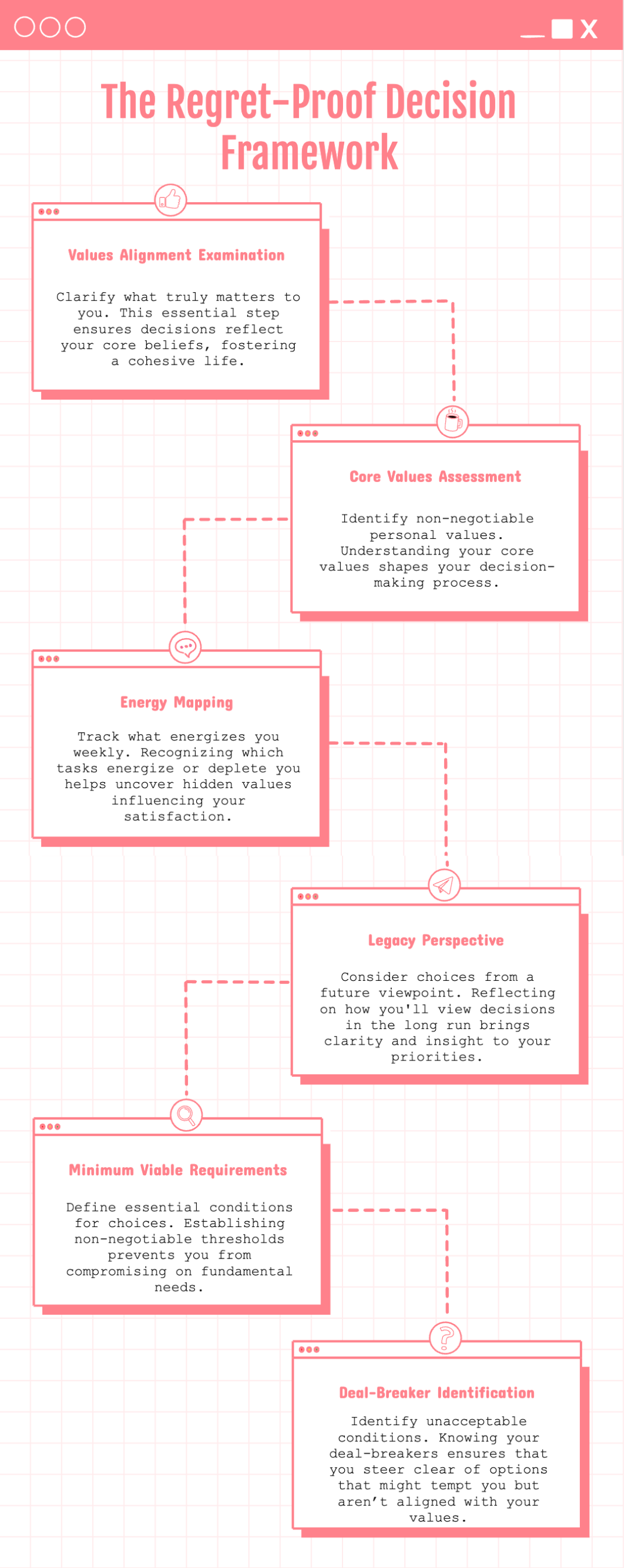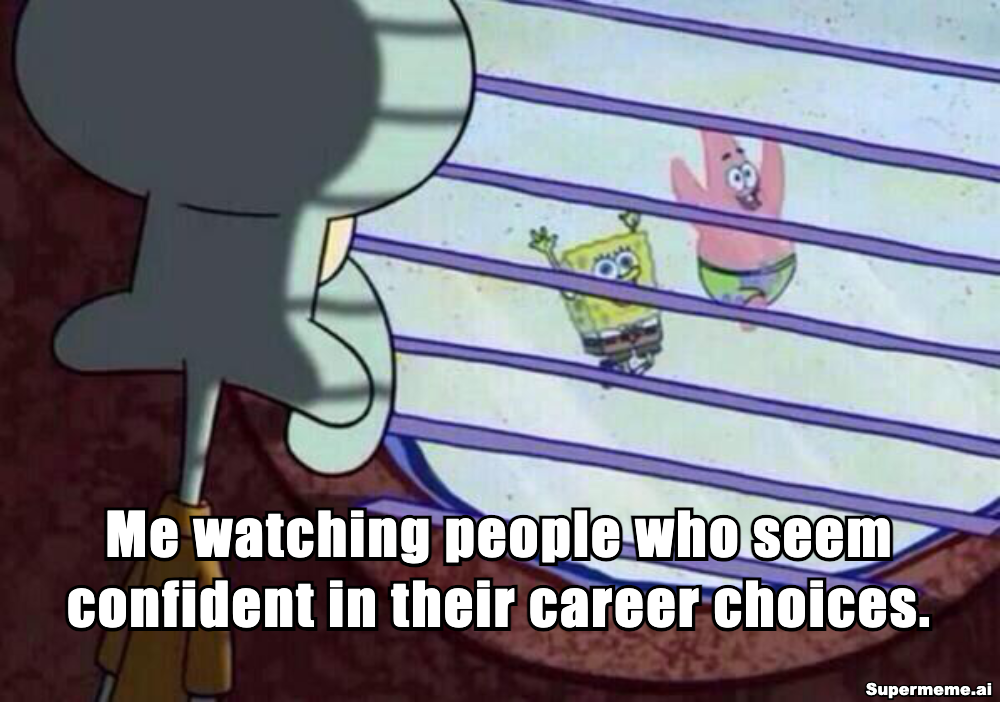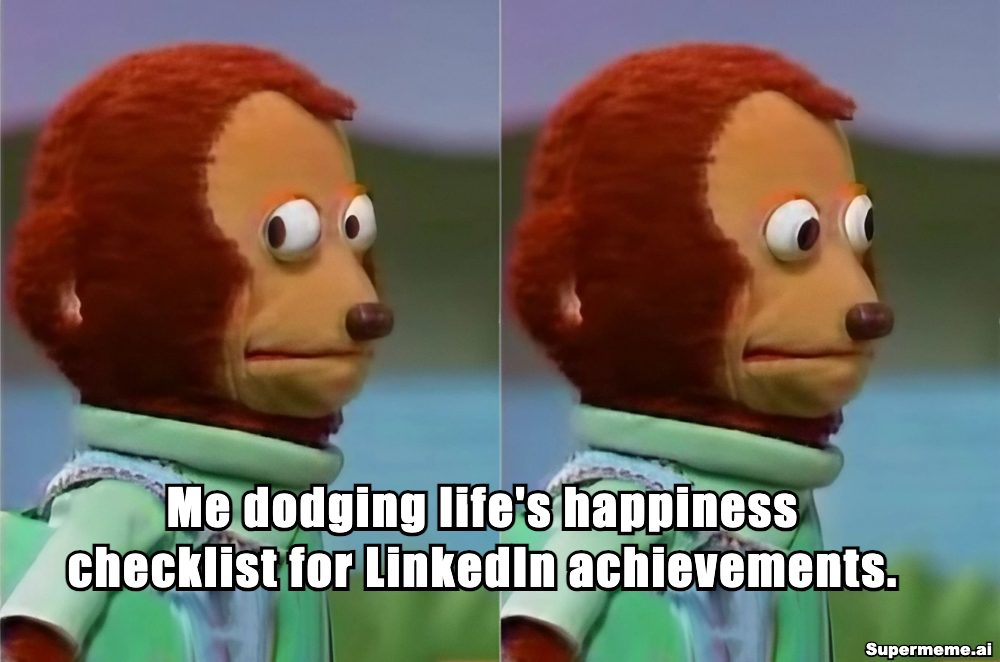ALorem ipsum dolor sit amet, consectetur adipiscing elit. Maecenas eu porta tellus. Mauris sit amet efficitur velit, vitae mollis ipsum. Cras a facilisis sem, vulputate accumsan diam. Praesent molestie, mauris nec dictum condimentum, sem metus lobortis orci, vitae auctor nunc ante et nunc. Phasellus dui ligula, hendrerit eget urna sed, porttitor sagittis libero. Nam tempor felis quis erat imperdiet pulvinar. Aenean euismod vitae nibh eu pretium. Cras quis elementum risus, nec ultrices felis. Nulla aliquet elementum erat et finibus. Quisque aliquam quam ultrices nibh congue sollicitudin

Career crossroads can be paralysing. Whether you're weighing a job offer, considering a career pivot, or contemplating further education, these decisions carry weight because they shape not just your professional trajectory but often your identity and lifestyle. The fear of making the wrong choice—and living with regret—keeps many professionals stuck in analysis paralysis or pushed toward choices that ultimately don't serve them.
What if there was a framework for making these decisions that dramatically reduced the likelihood of future regret? Not by predicting outcomes with perfect accuracy (impossible), but by ensuring your decision process itself is sound? That's exactly what we've developed at WCFC Academy after studying the decision patterns of hundreds of professionals and the subsequent career satisfaction they experienced.
"We don't challenge what limits you just to be difficult—we do it because breaking through those limitations is what allows true growth to happen."

When facing career decisions, most professionals default to approaches that seem logical but actually set them up for regret:
The Pros and Cons List: While better than nothing, this approach often fails because it treats all factors as equally important and doesn't account for how our needs and values change over time.
The Expected Value Calculation: Attempting to multiply potential outcomes by their probability seems mathematical and precise, but our ability to predict either the outcomes or their probabilities is notoriously poor, especially for complex life decisions.
The Gut Feel Approach: Intuition certainly has value, but unexamined gut reactions often simply reflect our biases, fears, and limited past experiences rather than genuine wisdom.
These approaches share a crucial flaw: they focus primarily on immediate outcomes rather than the decision process itself. Research consistently shows that our regret stems less from specific outcomes and more from how we make decisions. People tend to regret decisions made without sufficient deliberation, those made from fear rather than aspiration, and those where they failed to listen to their deeper values.
Our framework addresses these flaws by focusing on the quality of your decision process. It consists of three interconnected stages that, when followed with integrity, dramatically reduce the likelihood of future regret.

Before evaluating options, you must clarify what actually matters to you—not what should matter according to others, but what genuinely creates meaning and satisfaction in your professional life.
This examination involves three perspectives:
Core Values Assessment: Identify your non-negotiable values. For some, this might be autonomy or creativity; for others, security or service. These aren't abstract concepts but your actual operating principles that, when violated, create significant discomfort.
Energy Mapping: Track what energises versus depletes you during your work week. This honest accounting often reveals values you haven't articulated but that significantly impact your satisfaction.
Legacy Perspective: Consider your decisions from a future viewpoint. When you look back on your career in 20 years, what would make you proud? This temporal distance often clarifies priorities that get obscured in day-to-day thinking.
The output of this stage isn't a ranked list of values but a deeper understanding of your professional value system—the principles that, when honoured, create a sense of alignment and purpose regardless of external outcomes.
Once your values are clear, the next stage involves establishing clear boundaries for your decision. These boundaries filter out options that might seem attractive on the surface but violate your fundamental needs.
This process involves:
Minimum Viable Requirements: Define the absolute minimum conditions needed for a choice to be acceptable. These might include financial thresholds, location constraints, time commitments, or specific work conditions.
Deal-Breaker Identification: Name the specific circumstances or conditions that would make an option unacceptable regardless of other benefits. These aren't preferences but genuine breaking points that would eventually force you to abandon the path.
Opportunity Cost Calculation: Consider what you must give up to pursue each option. This isn't just about direct tradeoffs but about the full spectrum of alternative paths that a choice eliminates.
The power of boundary setting is that it narrows your decision field to options that have a reasonable chance of success for you specifically. It prevents the common pattern of choosing options that look good on paper but violate your fundamental needs, leading almost inevitably to regret.
The final stage addresses how you actually implement your decision—a factor often ignored in traditional frameworks but crucial for avoiding regret.
This implementation includes:
Reversibility Planning: For each option, identify how difficult it would be to change course if needed. Whenever possible, structure your decision to preserve flexibility and create early feedback mechanisms.
Regret Minimization Scenarios: Imagine each possible outcome, including worst-case scenarios, and develop specific plans for how you would respond. This mental preparation builds confidence and reduces the fear of uncertainty.
Commitment Rituals: Once a decision is made, create personal rituals that solidify your psychological commitment. Research shows that this type of intentional commitment significantly reduces second-guessing and increases follow-through.
The essence of resilient implementation is recognizing that your relationship with a decision continues long after the choice is made. By planning for adaptation rather than assuming perfect prediction, you build confidence in your ability to navigate whatever comes.
This approach doesn't guarantee perfect outcomes—nothing can. What it does guarantee is that your decisions will be made with integrity to your values, clear boundaries, and resilient implementation strategies. Research consistently shows these factors correlate most strongly with decision satisfaction, regardless of specific outcomes.
When professionals use this framework:
They choose for themselves, not others: Decisions emerge from their authentic values rather than external expectations or comparisons, eliminating the common regret of "I did what others thought I should do."
They maintain agency: By focusing on the decision process rather than trying to predict unpredictable outcomes, they retain a sense of control even in uncertain situations.
They prepare for adaptability: By building reversal strategies and resilience from the beginning, they're better equipped to navigate challenges without spiralling into regret.
They integrate emotion and reason: The framework honours both analytical evaluation and emotional intelligence, creating decisions that feel right and make sense.

Implementing this approach isn't complicated, but it does require genuine self-reflection and honesty:
This investment of time upfront prevents the far greater time cost of living with and potentially trying to reverse decisions made with insufficient care.
Perhaps the most powerful aspect of this framework is that it builds decision-making skill that transfers across all professional choices. Each time you apply this process, you develop greater clarity about your values, more confidence in setting boundaries, and increased skill in implementation.
Over time, this compounding skill dramatically increases career satisfaction by ensuring that your path, whatever its specific direction, remains authentically yours. The goal isn't just making good individual decisions but becoming someone who consistently makes choices aligned with their deepest values.
At WCFC Academy, we guide professionals through this exact framework in our Career Navigation Programme. We provide structured reflection tools, facilitated boundary-setting sessions, and ongoing implementation support to ensure your career decisions create momentum rather than regret. Visit www.wcfc.academy to learn how we can help you make choices you'll still be proud of decades from now.
“Raesent molestie, mauris nec dictum condimentum, sem metus lobortis orci, vitae auctor nunc ante et nunc ligula”



Your potential is infinite. Our mission is to activate and unleash it in the right environment.